What are the biggest dangers facing astronauts on the International Space Station?
Although life on the ISS is incredibly safe, there are more dangers than you may think.
Flight is said to be the safest mode of transportation.
But does whizzing around Earth at upwards of 7km/s aboard the 747-sized International Space Station count?
Do real-life astronauts, living only a few sheets of aluminium away from hard vacuum, stress about worst-case scenarios?
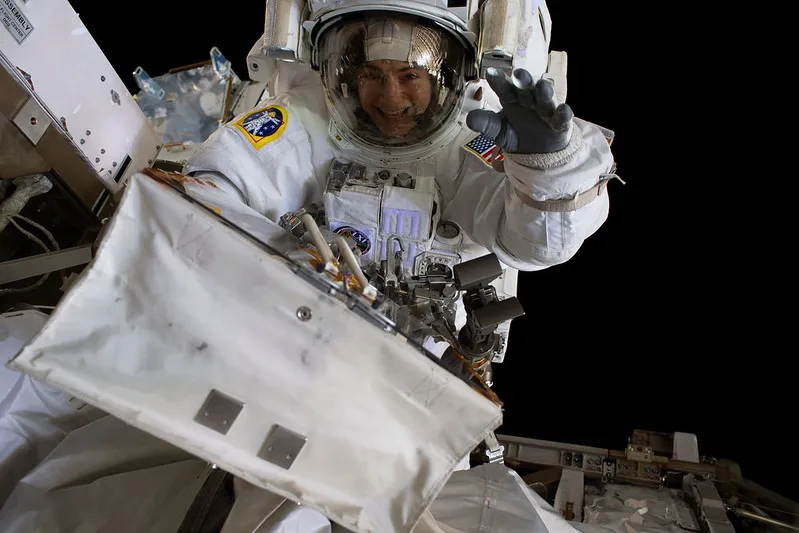
Steven Smith – NASA veteran of trips to Hubble Space Telescope and the ISS – admits to occasional anxieties flying up and down, but that’s it. “On orbit my standard emotion is joy,” he says. “There’s never any concern.”
No-one has yet perished in space, only getting to or from it. But that’s not to deny there are some very real risks.
Here are some of the biggest dangers facing astronauts on the International Space Station
Space Station dangers
Radiation
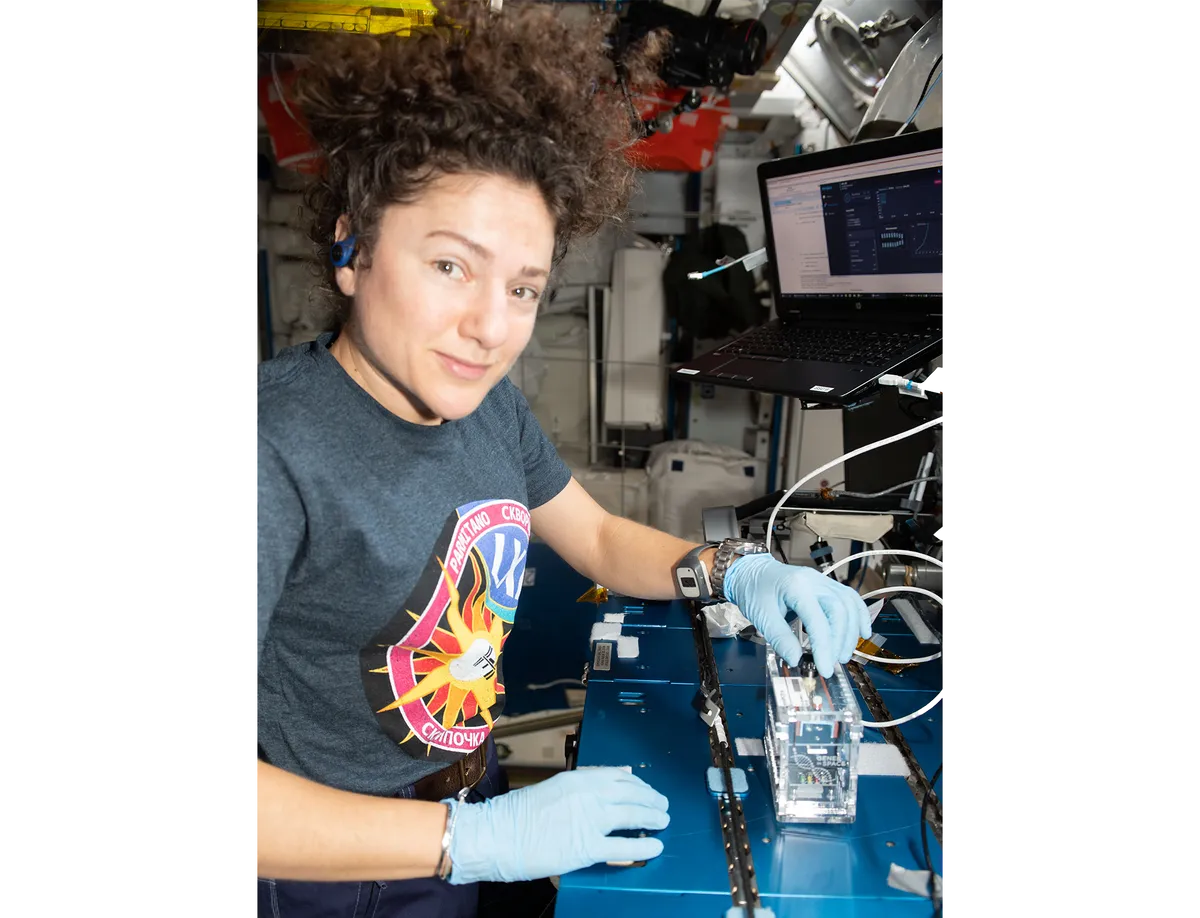
ISS astronauts are officially classed as radiation workers, and that makes radiation one of the biggest dangers on the Space Station.
A single day on board the ISS could expose astronauts to up to one millisievert, roughly four months’ worth of typical UK background radiation.
Spacewalkers briefly experience higher exposures, as measured by crew dosimeters and a mannequin containing actual bones that was temporarily placed outside the ISS.
Space radiation comes from two sources: energetic particles from the Sun, peaking at times of high solar activity, and galactic cosmic rays – atomic nuclei shot across the Universe by ancient cosmic explosions.
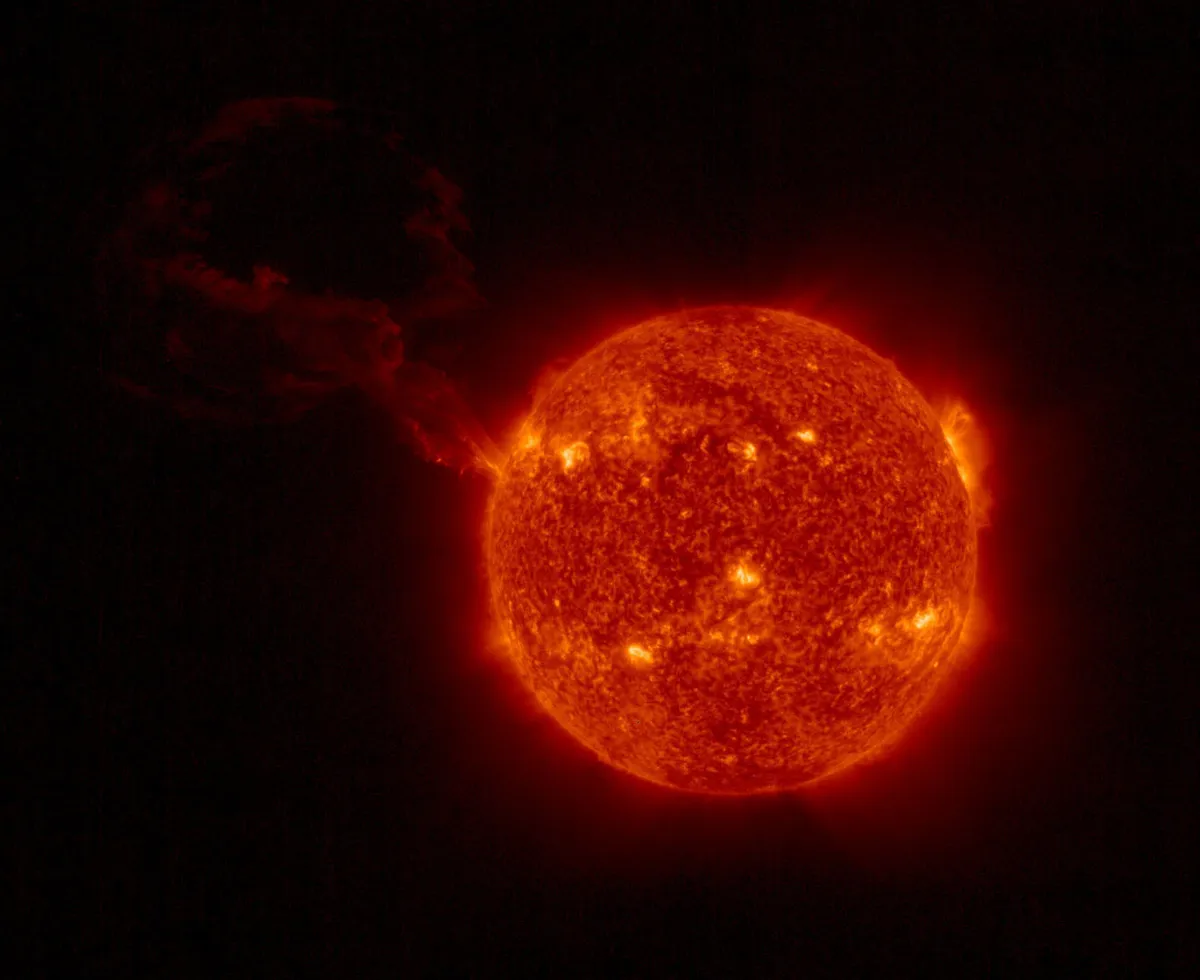
Most radiation of both types is deflected by Earth’s magnetic field, which is fortunate for ISS crews as artificial shielding options are limited.
Even so, parts of the ‘dormitory’ modules are lined with polyethylene plastic.
This is a more effective radiation shield than metal, which is prone to triggering harmful secondary particle showers.
More serious risks come once you leave Earth behind.
Radiation from solar flares monitored between Apollo missions was strong enough to have incapacitated or killed moonwalkers.
Galactic cosmic rays are more hazardous still, because these high-energy particles cannot practically be deflected today.
Astronauts headed to Mars should expect every cell nucleus in their bodies to be struck during the trip.
Drifting away

“During a spacewalk, you might suddenly realise you’re gripping tightly to a handhold for no conscious reason,” recalls Smith.
“I think it’s because you see nothing touching the bottom of your feet – and Earth is 400km away.”
But the nightmare of drifting away from the ISS is unrealistic.
Spacewalkers stay tethered at all times and are equipped with a ‘jetpack of last resort’ called the Simplified Aid for EVA Rescue (SAFER).
SAFER is an updated version of the Manned Maneuvering Unit (MMU), which was regularly used by Space Shuttle crews to help salvage satellites in the 1980s, until Challenger’s loss led to tighter safety rules.
Astronauts do lose accessories, if not themselves: in 2008 a toolbox drifted away, but fortunately posed no collision risk.
What might happen in the case of a lost spacewalker was shown by the 2006 Suitsat experiment.
A Russian spacesuit was turned into a radio beacon and jettisoned from the ISS.
It floated ahead of the space station for seven months, after which it burnt up in the atmosphere.
Spacesuits are not always reliable, either. ESA astronaut Luca Parmitano had his spacewalk aborted in July 2013 when water began to leak into his helmet, covering his eyes and nose.
Other spacewalks have been terminated early due to damaged gloves – a particular weak point.
Astronaut life insurance rates are five times higher if their mission includes extra-vehicular activity.
“Spacewalkers are in a dangerous situation, but make the work look easy and fun,” says Smith.
Fire
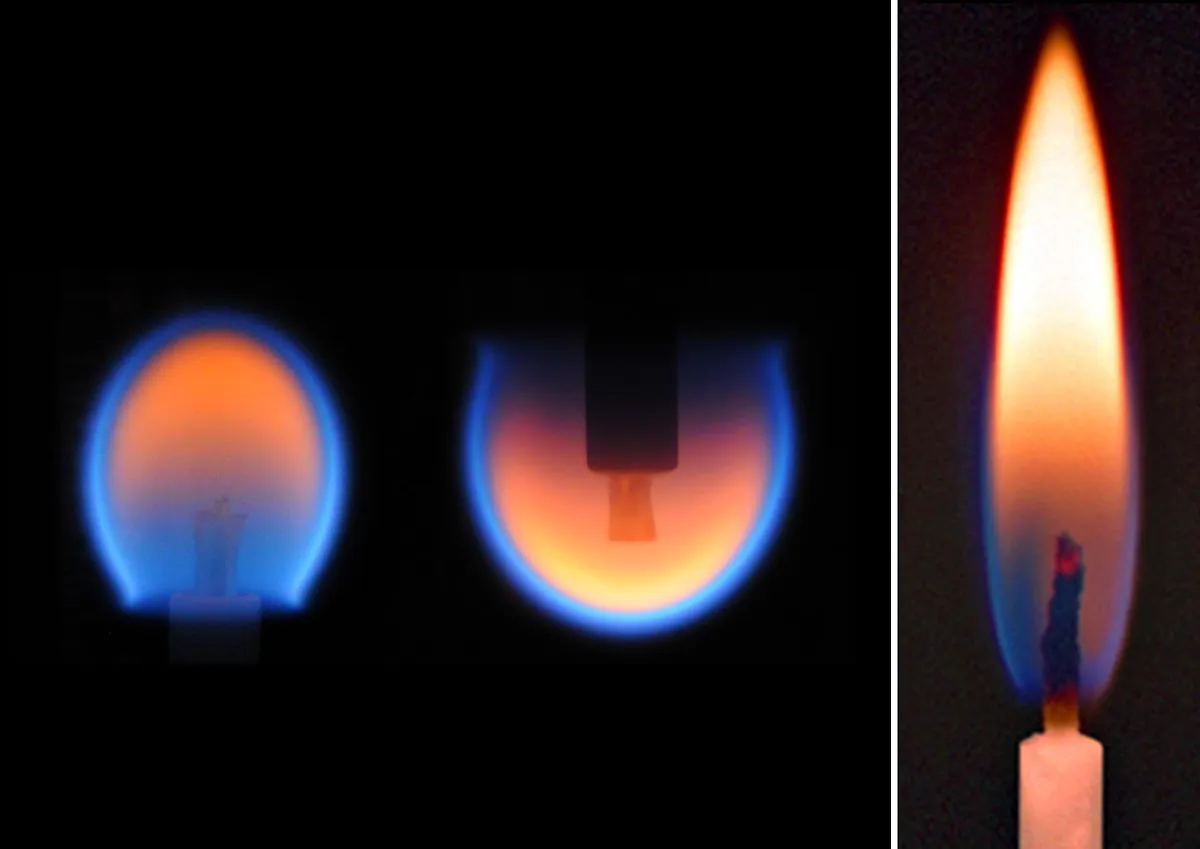
Fire behaves differently in microgravity.
It stays put rather than spreading, a plasma bubble that burns hotter and hotter, producing blinding smoke that can swiftly blanket a cabin.
When fire broke out on Mir in 1997 it burnt for 14 minutes, and the six-man crew’s fire extinguishers failed to put it out.
Instead, Mir’s blazing oxygen generator went on burning and spewing blobs of molten metal until finally burning out when all its fuel was exhausted.
Fire may have claimed an entire space station already – Russia’s Salyut 2, which broke up in 1973.
The leading explanation as to why it depressurised in the first place is an electrical fire, which is thought to have burnt so hot that it melted the station’s hull.
Thankfully, no one was on board at the time.
Flames are harder to spot in microgravity, burning bluer and dimmer.
The ISS has a fire detection and suppression system to monitor for smoke, but as soot particles are larger in microgravity, it can be falsely triggered by normal dust.
Large pieces of debris
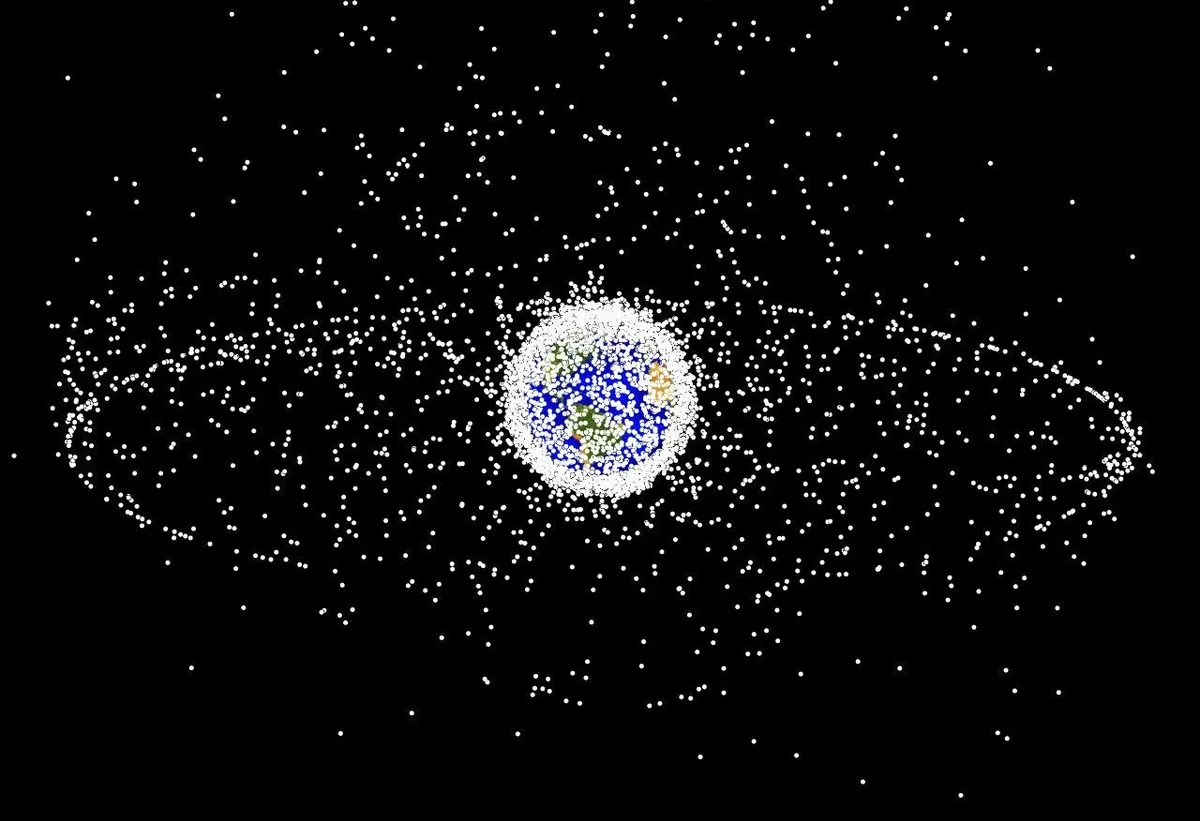
Space junk is a growing problem, and could become one of the biggest dangers on the Space Station.
The more than 20,000 items of orbital debris larger than 10cm can be tracked by ground-based radar.
This is often known as space junk.
‘Collision avoidance manoeuvres’ are performed if an object comes within a few kilometres of the Space Station and has a collision likelihood higher than one in 10,000.
The ISS used to average one manoeuvre annually, but the frequency is growing: four were performed between April 2011 and April 2012.
In 2011, the crew were ordered into their two Soyuz lifeboats when some debris came within 250m.
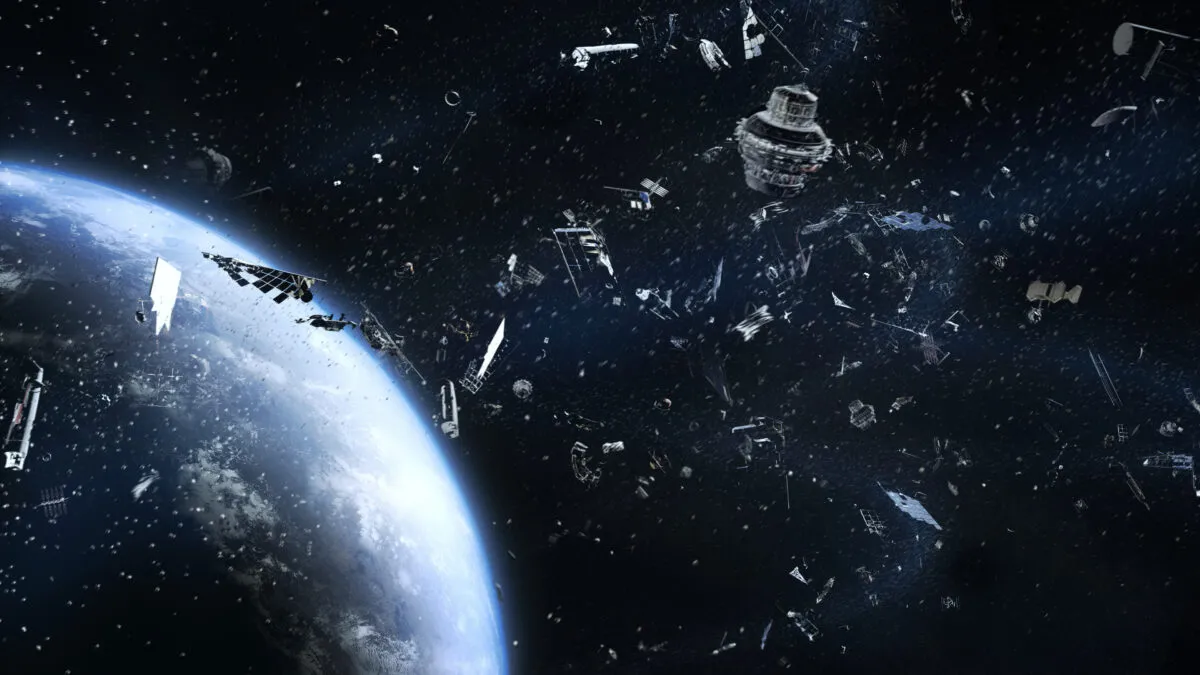
Debris comes mostly from defunct satellites, driven to explode by sunlight heating up their batteries or surplus fuel.
Collisions are a growing source: NASA debris expert Don Kessler observed that, once past a certain critical mass, collisions will give rise to more debris in a chain reaction.
This ‘Kessler syndrome’ is dramatised in the 2013 film Gravity, but is becoming reality.
Debris levels in low-Earth orbit have increased by 50% since 2008, helped along by the 2009 collision of Russia’s Kosmos-2251 with the US Iridium 33 satellite, plus China’s 2007 missile test targeting its own weather satellite.
Deliveries

Docking the spacecraft that supply orbital stations with crews, foodstuffs and fuel seems a routine affair, but it can go badly wrong.
In 1997, an unmanned Progress spacecraft went out of control as it approached Mir, crashing into one module.
Crewmen felt their ears pop as air was sucked out of the resulting hull fracture, estimated to be about the size of a small coin.
The damaged module, Spektr, was rendered uninhabitable and had to be cut off from the rest of the station. The accident was a result of an unfortunate experiment in manual control.
ISS supply craft, Progress and Soyuz rely on the Kurs radar-based docking system.
ESA’s Automated Transfer Vehicle employs radio and optical tracking for its extremely precise automated berthing.
While Japan’s H-II and the commercial Dragon are both grappled to berths by astronauts controlling the ISS’s robotic arm.
Shrapnel
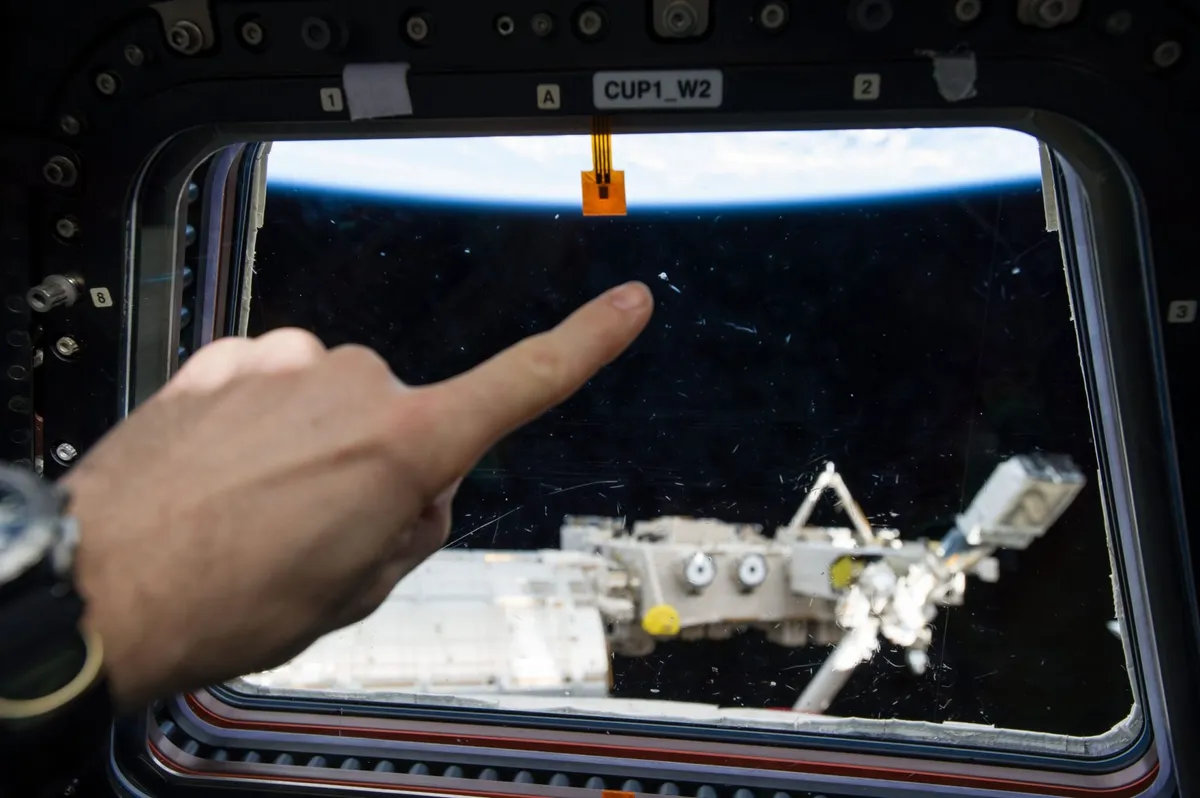
Even small objects can pose one of the biggest dangers to the Space Sation.
The ISS is regularly assailed by tiny micrometeoroids and small pieces of orbital debris that are both natural and artificial in origin.
Dust from comet trails and meteoroids mingles with paint flecks, frozen water droplets or particles from solid rocket exhaust, among other jetsam.
Speed, not size, presents the real danger: even a 1mm metal fragment can strike with the force of a bullet.
Natural micrometeoroids possess higher velocities still, but are comparatively rarer and less dense.
Critical ISS modules are shielded to withstand objects up to 1cm in diameter as a minimum.
Multiple aluminium ‘bumpers’, plus Nextel and Kevlar layers, absorb the impact energy of such objects before they reach the inner shell.

These fragments do, however, still cause damage: one window of the ISS’s Cupola was pockmarked in 2012, and a bullet-sized hole in a solar array was spotted in April 2013.
Spacewalkers are also vulnerable, as some parts of a spacesuit have no shielding – the helmet visor, for instance.
However, NASA calculates the odds of ‘critical penetration’ forming a hole larger than 4mm in the 14-layer spacesuit during a six-hour spacewalk as one in 31,000.
Did you know that you can see the ISS from Earth with the naked eye? Read our guide on how to see the International Space Station to find out how to spot it.
This article originally appeared in the October 2013 issue of BBC Sky at Night Magazine.
